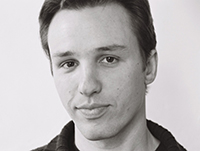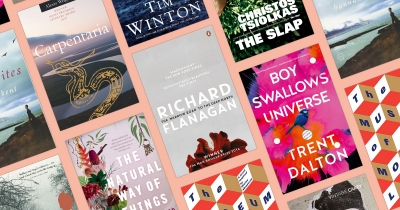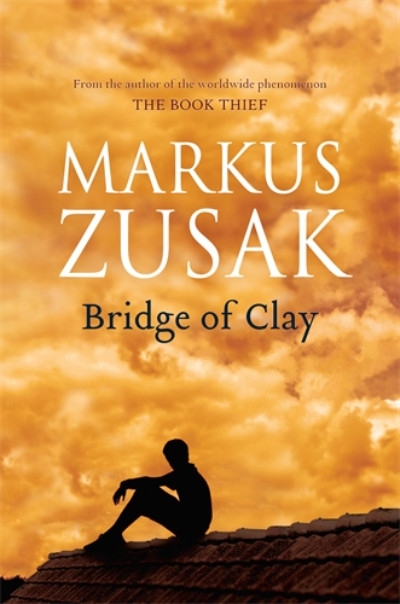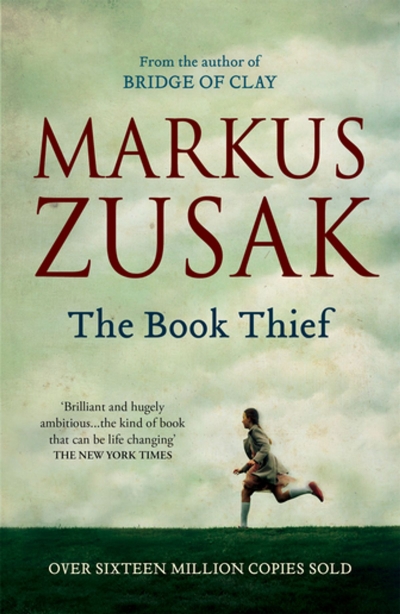Markus Zusak
Ten years after the first ABR FAN Poll, the second one was limited to Australian novels published since 2000 (though we received votes for recent classics such as 1984, Voss, and Monkey Grip). When voting closed in mid-September, Richard Flanagan’s Booker Prize-winning novel The Narrow Road to the Deep North emerged ...
... (read more)In the 1980s, 1990s, and early 2000s there was a flurry of what were called ‘single issue’ or ‘problem’ novels for teenagers. The books focused on problems or issues that ...
... (read more) Markus Zusak is an Australian writer of German and Austrian descent. He is the author of six books including a number of international best-sellers.
Markus Zusak is an Australian writer of German and Austrian descent. He is the author of six books including a number of international best-sellers.
He pursued a t ...




